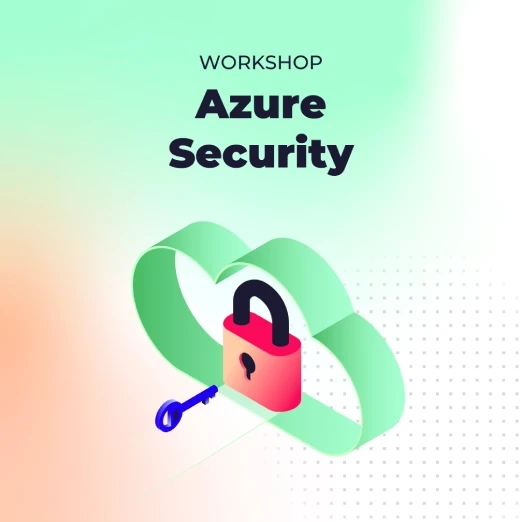
What is Azure Private Link?
Azure Private Link is a way to keep traffic for PaaS services on the Azure Network and off the public internet. Private link offers a way to route traffic directly over Microsoft’s backbone (private) network, avoiding the internet to access services securely.
- It uses Microsoft's private network to access PaaS services securely.
- All customer network traffic inside or between Azure data centres is encrypted with IEEE 802.1AE MACsec security. This prevents man-in-the-middle attacks, snooping, or wiretapping. It ensures data transferred in Azure is safe.
- Removes internet access to PaaS services.
- Private access options are available for storage, AVD, and other PaaS services.
Most Azure services are available over the public internet, by default. But we may want to limit some services so they're NOT available online. A storage account, for example, is available over the internet by default. However, you’d like to prevent this when hosting sensitive data that should never be online.
You can leverage Private Link instead of the Internet to access services securely. But we need a way to connect services designed for public Internet access to our private virtual network in Azure. To achieve this, we need something called a private endpoint.

What is a Private Endpoint?
A private endpoint is a virtual network interface (VIC) that connects PaaS services to a customer's virtual network. Once connected, we can access that service by its private IP on our private network.
Take again a storage account: We can create a private storage endpoint attached to our virtual network and use it instead of the public endpoint to connect to the storage account. It becomes a private resource not available over the Internet.

What is a Private Link Service?
A Private Link Service refers to a service hosted on a private network. It provides a way to host IaaS-based services, such as a web application, allowing connectivity over a private link.
This is an excellent option if you have a service that you want to make available to clients or customers that should not be available over the Internet. The client isn’t required to create a VPN connection to the service to keep it private.








